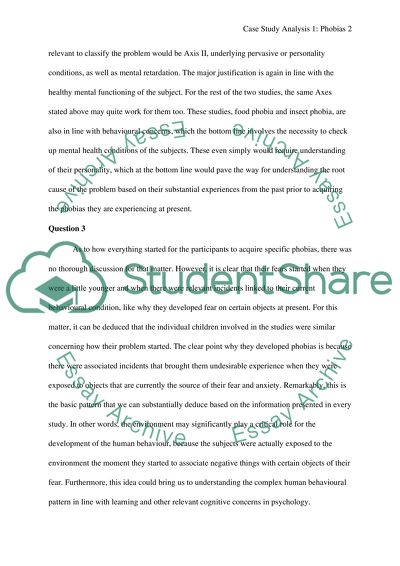Cite this document
(“Case Study Analysis 1: Phobias Example | Topics and Well Written Essays - 2000 words”, n.d.)
Case Study Analysis 1: Phobias Example | Topics and Well Written Essays - 2000 words. Retrieved from https://studentshare.org/psychology/1481661-case-study-analysis
Case Study Analysis 1: Phobias Example | Topics and Well Written Essays - 2000 words. Retrieved from https://studentshare.org/psychology/1481661-case-study-analysis
(Case Study Analysis 1: Phobias Example | Topics and Well Written Essays - 2000 Words)
Case Study Analysis 1: Phobias Example | Topics and Well Written Essays - 2000 Words. https://studentshare.org/psychology/1481661-case-study-analysis.
Case Study Analysis 1: Phobias Example | Topics and Well Written Essays - 2000 Words. https://studentshare.org/psychology/1481661-case-study-analysis.
“Case Study Analysis 1: Phobias Example | Topics and Well Written Essays - 2000 Words”, n.d. https://studentshare.org/psychology/1481661-case-study-analysis.


